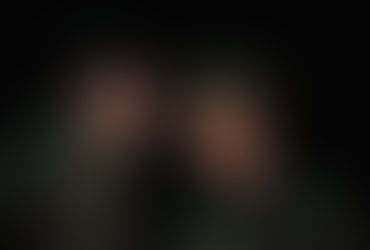World Museum rethinks Benin collection with community help
- Catherine Jones
- Mar 16, 2022
- 2 min read

World Museum Liverpool unveils a freshly curated display this week developed in collaboration with Liverpudlians of African descent.
Benin and Liverpool – part of the museum’s ongoing #WMWhereNext campaign - seeks to create a new narrative around, and bring fresh voices to, the collections the museum holds from Benin City which is in southern Nigeria.
British troops invaded the Kingdom of Benin in February 1897 in retaliation for the ambush and massacre of a previous British expedition. Benin City was captured and sacked and many of its treasures and religious artefacts were looted and ended up being brought back to Britain where they were auctioned to offset the cost of the action.
World Museum has 51 Benin artworks which research suggests are “highly likely” to have been acquired directly or indirectly from the 1897 looting.
The display, which is within the third floor World Cultures galleries, shows the connections past and present between the West African state and Liverpool including the part played by Liverpool’s commercial interests in the area in the late 19th Century.

Above: Zachary Kingdon, curator of African Collections, installs a Benin Queen Mother head in the display. ©Gareth Jones
And it explores racism through the memories and experiences of the collaborators, evoked by their interaction and response to the objects and the history of Benin and the Edo Kingdom, as well as contributing to ongoing discussions about colonial collections in museums.
Nigerian-born artist Leo Asemota worked with the group and helped identify key themes. And there are two of his artworks – Agents of the Union and RECALL: The long march of displacement - in the new gallery space.
Zachary Kingdon, World Museum’s curator of African Collections, said: “We wanted to address the colonial history and legacies of the conquest of the Edo kingdom and the destruction of Benin City in 1897. And we didn’t want it to be a primarily museum-led process.
“Part of the idea of the gallery is to try to encourage engagement, to change views and confront history in a way that looks to the future.”
Liverpudlians Nasra Elliott, Saffron Francis, Otis Graham, Ashleigh Nugent, and Emy Onuora were all involved in the consultation process.

Above: Nasra Elliott looks at a Benin bronze head in the new display. ©Gareth Jones
Elliott has praised National Museums Liverpool for “reaching out and engaging with the community.”
But in a video which forms part of the new space, she also says she personally believes the treasures should be returned and replicas displayed in their place.
She added: “It’s an issue of morality, humanity, anti-colonialism and anti-racism.”
National Museums Liverpool’s executive director of museums and participation, Janet Dugdale, added: "Across National Museums Liverpool, we’re thinking about new ways to use objects to understand our collective past, present and future. In Benin and Liverpool, we proactively confront questions about Britain's colonial history, its legacies and our collections.
"This collaborative and inclusive process was challenging, creative and rewarding. We hope it tells a more human story that confronts historical injustices and connects Benin and Liverpool within a global context.”
Benin and Liverpool is open to the public from Friday.







